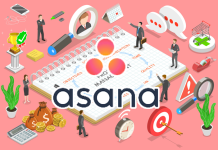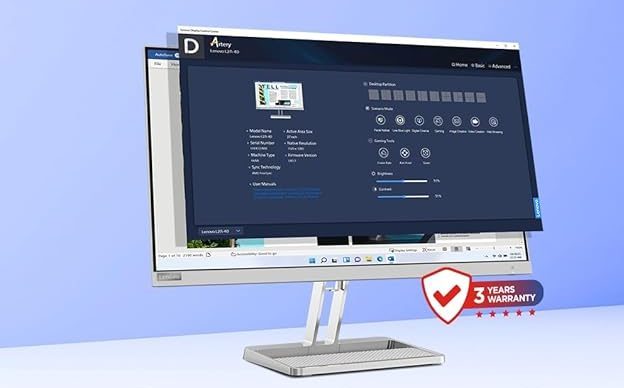In the modern age of data, data analysts are at the center of making effective decisions for organizations. As data professionals continue to grow in demand, becoming a data analyst in 2025 is a top career choice. If you are starting from scratch or moving over from another discipline, this article will take you through the skills, roadmap, and must-haves to succeed as a data analyst.
What is a Data Analyst?
A data analyst is tasked with gathering, cleaning, analyzing, and interpreting big data sets to determine trends, patterns, and insights. These insights inform businesses to make data-driven decisions, streamline operations, and enhance customer experiences.
Roadmap to Becoming a Data Analyst in 2025
1. Master the Basics of Data Analysis
Begin by establishing a strong foundation in data analysis concepts, such as:
Descriptive statistics: Mean, median, standard deviation, etc.
Data visualization: Charts, graphs, and dashboards.
Data cleaning and wrangling: Preparing data for analysis.
Recommended Learning Resources:
Courses on Coursera, Udemy, or Data Camp.
Books: “Data Science for Business” by Foster Provost and Tom Fawcett.
2. Master Programming Languages
Proficiency in programming is a must for modern data analysts. In 2025, the most in-demand languages are:
Python: For data manipulation, analysis, and visualization.
SQL: To query and manage databases efficiently.
R (optional but valuable): Great for statistical analysis and visualization.
Must-know Python libraries:
Pandas: Data manipulation.
NumPy: Numerical computation.
Matplotlib and Seaborn: Data visualization.
Scikit-Learn: Machine learning.
3. Hands-on with Data Visualization
The skill of representing data insights visually is very important. Learn to develop interactive dashboards and engaging visual reports.
Top Visualization Tools of 2025:
Tableau: Top BI tool for visualizing stories.
Power BI: Microsoft‘s dynamic reporting tool.
Looker Studio (previously Data Studio): Excellent for data visualization in the Google ecosystem.
Plotly & Dash (Python): For interactive web-based charts.
4. Familiarize Yourself with Data Cleaning and Wrangling
Data analysts spend 60-70% of their time on data cleaning. This skill is a must-master.
ETL (Extract, Transform, Load) tools like Apache Nifi or Alteryx.
Data cleaning libraries: Pandas, OpenRefine, or Trifacta.
5. Learn Statistical and Analytical Methodologies
While working as a data analyst, you must utilize statistical techniques in order to extract insights.
Hypothesis testing
Regression analysis
Time-series forecasting
A/B testing
6. Learn to Work with Databases and Big Data
In 2025, experience with big data technologies will be a massive boost.
SQL: Queries, joins, and aggregations.
NoSQL (MongoDB): For unstructured data.
BigQuery / Snowflake: For large datasets.
Apache Spark: For big data processing.
7. Create a Portfolio with Actual Projects
Practical experience is what matters to prove your skills.
Work on Kaggle datasets.
Join data hackathons.
Publish your projects on GitHub or a personal blog.
| Category | Tools |
|---|---|
| Programming | Python, SQL, R |
| Data Visualization | Tableau, Power BI, Looker Studio |
| Data Cleaning | Pandas, OpenRefine, Trifacta |
| Database Management | PostgreSQL, MySQL, MongoDB, Snowflake |
| Big Data Tools | Apache Spark, Hadoop, AWS Redshift |
| ETL Tools | Apache NiFi, Alteryx, Talend |
| Cloud Platforms | AWS, Google Cloud, Microsoft Azure |
| Version Control | Git, GitHub |
| Collaboration | Jira, Confluence, Slack |
Emerging Skills & Trends for Data Analysts in 2025
To keep up with the curve, keep an eye out for these trends:
AI-driven data analysis: AutoML technologies such as Google AutoML and Microsoft Azure AutoML are increasingly popular.
Data storytelling: The skill to transform data insights into engaging stories.
Data privacy and compliance: Familiarity with laws such as GDPR and CCPA.
Real-time analytics: Leveraging streaming data tools such as Apache Kafka.
How to Get Your First Data Analyst Job
Certifications do count: Obtain certifications from Google Data Analytics, Microsoft Power BI, or Tableau Desktop Specialist.
LinkedIn profile: Post your projects and findings.
Networking: Participate in data science groups on LinkedIn, Reddit, and Discord.
Mock interviews: Train on platforms such as Pramp or Interviewing.io.
Conclusion
To be a data analyst in 2025, one needs a mix of technical competencies, practical skills, and an understanding of innovative tools. With the appropriate roadmap, diligent learning, and project-based hands-on experience, one can have a successful professional life in this in-demand area.
Key Takeaway:
Master Python, SQL, and visualization tools.
Develop a solid portfolio based on real-world projects.
Be current with innovative data trends and technologies.
Do you plan to move into data analytics or upgrade your existing skill set? Let me know in the comments!


























